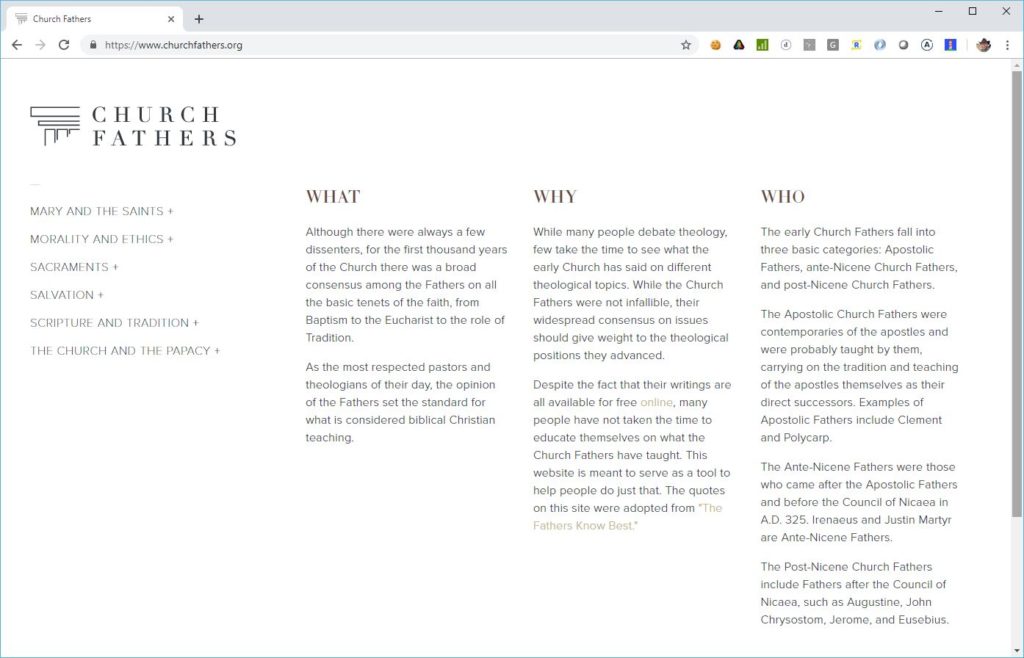Wise Words on Wednesday: Watch Your Thoughts

Watch your thoughts. They become words.
Frank Outlaw?
Watch your words. They become deeds.
Watch your deeds. They become habits.
Watch your habits. They become character.
Character is everything.
"We are travellers…not yet in our native land" – St. Augustine

Watch your thoughts. They become words.
Frank Outlaw?
Watch your words. They become deeds.
Watch your deeds. They become habits.
Watch your habits. They become character.
Character is everything.


Yet another person on Facebook recently told me that:
“It’s not for me or any other man or woman to place their beliefs upon a woman who should have the right to choose whether we agree or not. We will all stand before our maker if the story plays out as told.”
In response to these comments, I asked my friend whether or not he would say the same thing if he knew a mother planning on having her toddler drowned. If not, why not? As I’ve come to expect, I received no answer.
Instead I was told that my question was “wholly immaterial and inappropriate to this discussion”. I asked why this was this the case? Why was it inappropriate? Why was it immaterial? Once again, I received no answer.
I think it’s pretty clear that my friend would intervene in the situation with the toddler. The question is, why? After all, by interfering, he’d be “plac[ing] [his] beliefs upon the woman”, something which he’s apparently not meant to do. So, why interfere in one situation and not the other? What is the distinguishing factor? Why does one child demand her protection but another not merit it?
The implication here is that, unless I am directly impacted by a particular issue, I cannot comment upon its morality. That’s about as nonsensical as saying that unless you’re a plantation owner, you don’t get to comment on slavery. I have neither been the victim of sexual assault nor committed sexual assault. Despite this, I do not doubt for a moment that sexual assault is wrong and should be prevented.
The main reason I wanted to briefly blog about this conversation is because there is a deeper problem with what my friend said. He was saying that, because I am a man, I’m not even allowed to express my opinion on the morality of abortion. How is this anything other than textbook sexism? What was the basis for his dismissal of my argument? Was it the argument itself? Did he find a logical fallacy or a false premise? No, it was dismissed based on the gender of the person offering the argument. That’s a variant of the Ad Hominem Fallacy and remarkably sexist to boot!


I enjoy a lot of Frank Turek’s apologetics and listen to his weekly podcast, but he really does have a few blind spots. I recently came across this video which shows that the canon of Scripture is one such blind spot…
What he says here concerning the discernment of the canon isn’t entirely false, but he offers a very insufficient description of what took place. It was the Catholic Church who determined the canon in the early centuries of the Church. In fact, it’s a bit embarrassing that it’s the questioner who is the first person to bring up these councils!
His statement about the Protestant Bible lining up with the Jewish Old Testament is too simplistic, so much so that it’s misleading. The Protestant Old Testament matches the canon of the Jews today… but not of all the Jews in the First Century! After all, there were a number of different Jewish sects in the First Century, such as the Sadducees, Pharisees and Essenes. Each of these groups had a different canon of Scripture…
Now, the Protestant canon matches the canon settled by the rabbis in the Second Century, following the establishment of the Church and the destruction of Jerusalem by the Romans. However, this begs the question: why should Christians accept the opinion of this particular Jewish group? After all, these are the successors to those who rejected that Jesus was the Messiah! If they didn’t recognize the Word incarnate, why would they necessarily correctly recognise the written Word of God? Not only that, wouldn’t they have motivation to exclude books from the canon which very clearly prophesy the suffering of Jesus?
The really egregious error in this video is Frank’s assertion that Roman Catholics added books to the Bible at the Council of Trent. That claim is patently false and honestly I’d expect more from an apologist of Frank’s calibre. Catholics did not add books to the Bible at the Reformation, the Protestants removed them. This is just one of the worst arguments used against the Deuterocanon. Incidentally, Luther even tried to remove books from the New Testament, such as the Epistle of James because he couldn’t reconcile it with his novel theology of Sola Fide…
The Catholic Bible aligns itself to the Septuagint, the Greek translation of the Old Testament which is the translation most often quoted by the New Testament authors themselves. The Catholic Canon was declared by the early councils of the Church, as well as later ones such as The Council of Florence (AD 1431). You don’t have to wait for the Council of Trent (AD 1545). For further proof of this, just ask a Coptic or Eastern Orthodox Christian if they have the Deuterocanonical books in their Bible. These Churches separated from the Catholic Church long before the Reformation, yet still have these Deuterocanonical books…conclusive proof that what Frank said here is incorrect.

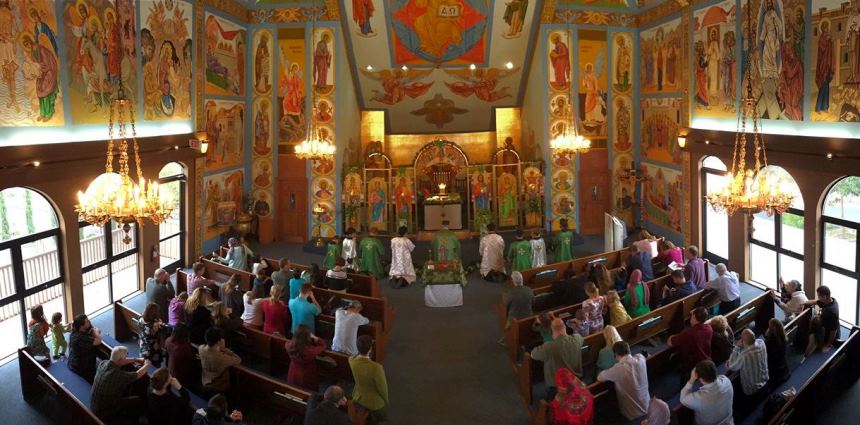
Those of you who know me, or who read this blog regularly will know that my parish is a Byzantine Catholic parish. The Catholic Church is often perceived as a uniform, monolithic structure. It is, in fact, much more diverse than most people realize. It is a communion of Churches which, while united in the one Faith, possesses a variety of liturgical and theological expressions known as “Rites”.
In this post I would like to tell the story of my discovery of the Eastern Rites of the Catholic Church and how I came to find myself a member of a Byzantine parish.
There And Back Again
I was baptized into the Catholic Church as a baby at a typical Latin Rite parish back in England. After receiving my First Holy Communion, I became an altar server, a role which I took very seriously. As I entered Senior School at the age of thirteen, my family started going to Mass at the Benedictine Abbey which was connected to my School.
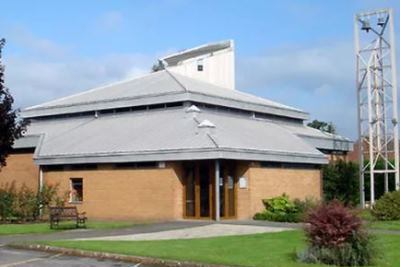
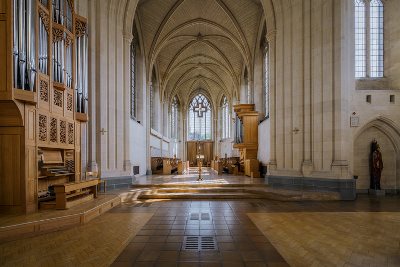
At University I had an awakening in my faith, after which I started really diving into Sacred Scripture. Unfortunately, after I graduated, I became disillusioned with the Catholic Church and spent several years attending non-Catholic congregations. However, after a few years, I began to see the fundamental problems with Sola Scriptura and the challenge of The Early Church, so I stopped attending non-Catholic congregations and once again returned to embracing Catholicism fully.
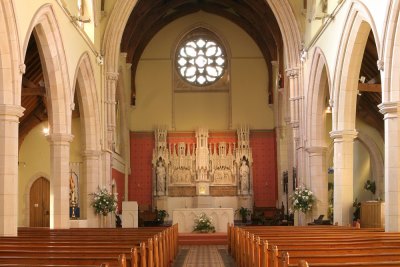

Church Visiting
At this time in my life, I was living in London, awaiting a long-term visa so that I could move to the United States. Most of my friends in London were Protestant Christians and several of them had invited me to visit their parishes. There was something about visiting other Christian communities across London which I really enjoyed. I loved “reading”, so-to-speak, the language of their liturgy.
Now, many of these congregations would have vociferously asserted that they didn’t “do” liturgy, but the truth is that every Christian community has a liturgy, whether they choose to call it that or not. For example, at my former Anglican parish, despite regular comments by the pastors that anything could happen when we gathered together, there was a very predictable pattern to each and every Sunday service.
So, regardless of whether the parish acknowledged that they had a liturgy of not, I was fascinated by what their services said about how the Christians there viewed themselves, how they viewed God, as well as their relationship to Him.
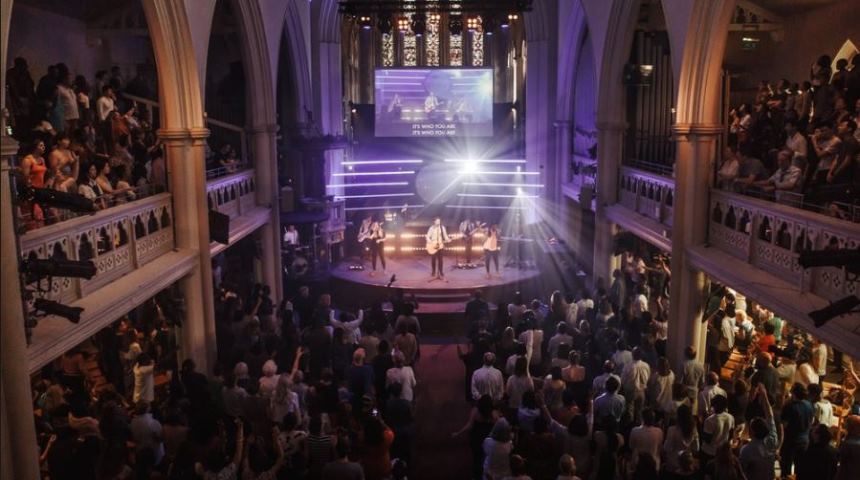
The Best of the Best
One of the Protestant parishes which I visited in London was especially interesting. The music was contemporary, but without the vacuous or insipid lyrics commonly associated with that genre of music. Instead, I noticed that the content was often strongly theological. The band was top notch. It was clear that, rather than any Eucharistic sacrifice, they saw singing as their principal act of worship. This is why I was surprised to see nobody in the congregation raising their hands in praise. Having previously been a member of a charismatic church, it took a good deal of self-control to keep my hands firmly at my sides!
Probably my favourite aspect of that congregation’s Sunday service was a segment which they called “The Heroes of Faith”. This was as close to the honouring of Saints as I’ve ever seen in an evangelical context. What would happen was that a member of the congregation would offer a 5-10 minute presentation on a Christian from history. They freely claimed pre-Reformation Saints as their own, as well as fathers of Reformation such as Martin Luther.
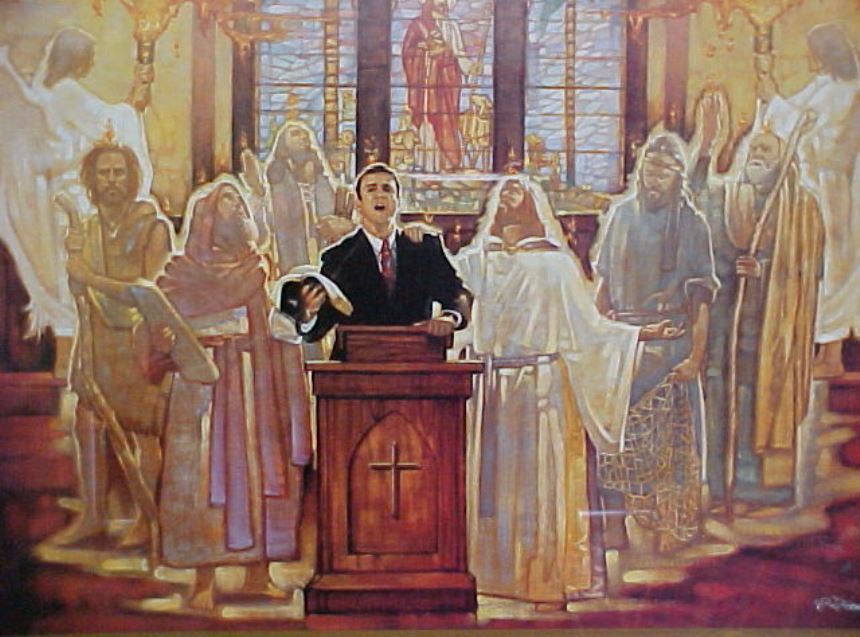
No Common Meal
While I enjoyed visiting these different communities, one aspect of these trips was a cause for sadness. On the occasions I attended somewhere which celebrated Holy Communion, I would have to abstain. It is pretty well-known that non-Catholics should not receive the Eucharist at Mass, but it is less well known that, in a similar fashion, Catholics should not receive Holy Communion in non-Catholic communities.
As I travelled home after one such service, with the weight of the Reformation on my mind, there was a vague spark of a memory which told me that there was another part of the Catholic Church where the liturgy was different from the Mass with which I was familiar, but which was also still Catholic, so I would be able to receive Jesus in Holy Communion. When I got home, I fired up my computer and did some very vague googling. After a few minutes it transpired that my brain had been trying to remind me of the Eastern Rites of the Catholic Churches. I opened a new browser window and then searched for Eastern Rite parishes near me. Fortunately, since London has a large immigrant population, I found quite a few within relatively easy reach.
A Tour of the East
Like most Western Catholics visiting an Eastern Catholic parish for the first time, I was rather nervous. I didn’t know what strangeness I might encounter! Both before and during the service, I checked and re-checked that this was, in fact, a legitimate Catholic parish in communion with the Bishop of Rome.
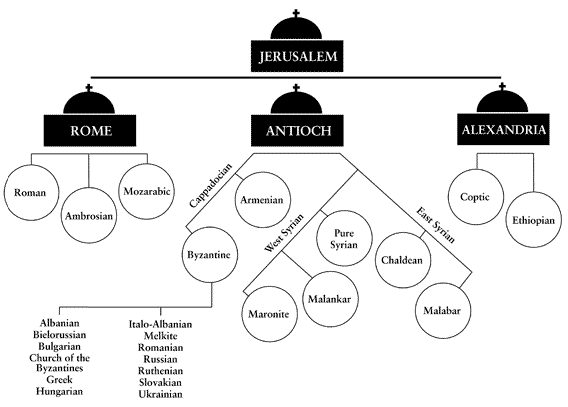
The first parish I visited was a Melkite congregation who celebrated the Divine Liturgy in an Anglican church. Since they were borrowing another denomination’s building, the interior wasn’t very eastern, although I do remember there being two large, beautiful icons of the Lord and the Theotokos which made a makeshift iconostasis. The Liturgy was in Arabic, but I could follow along somewhat using a book which had the English and Arabic side-by-side, much like the dual text you might use in a Tridentine Mass. At that Liturgy I received a foretaste of the Eastern emphasis on penance, with the entire homily devoted to the subject of fasting. This was then juxtaposed with the East’s love of feasting! As I left the building, a deacon was standing by the door holding a basket of what looked like bread. I froze, uncertain as to what was being presented to me. “What…or who…is this?”, I asked. “It’s not the Eucharist”, he replied, “It’s just blessed bread…we just like to keep the celebration going!”. My journey through the Eastern Rites of the Church now began in earnest…
The next parish I visited was a Maronite congregation, a parish which had a larger congregation than the Melkites I had visited and who shared a building with a Latin Rite parish. I was still nervous visiting, but once again I was warmly welcomed by the pastor. The Liturgy was also in Arabic, but this time the Arabic and English translation were projected onto the wall at the front of the church, which made it even easier to follow along. To my surprise, rather than handing out blessed bread at the end, we received a small, sweet pastry, something akin to baklava.
My visa for the USA came through around this time, but before I left London I had the chance to visit a Ukranian Byzantine parish. This was the largest Eastern parish I had visited so far. Seating was on two levels, but even then it was so full that I had to stand for the whole Liturgy. As with the previous parishes, the Liturgy was not in English, which meant that I had to rely on the “Liturgical Body Language” to understand exactly what was going on. It was a bit of shame that I couldn’t understand Ukrainian, because I remember the priest preaching very enthusiastically and wishing that I knew what he was saying.
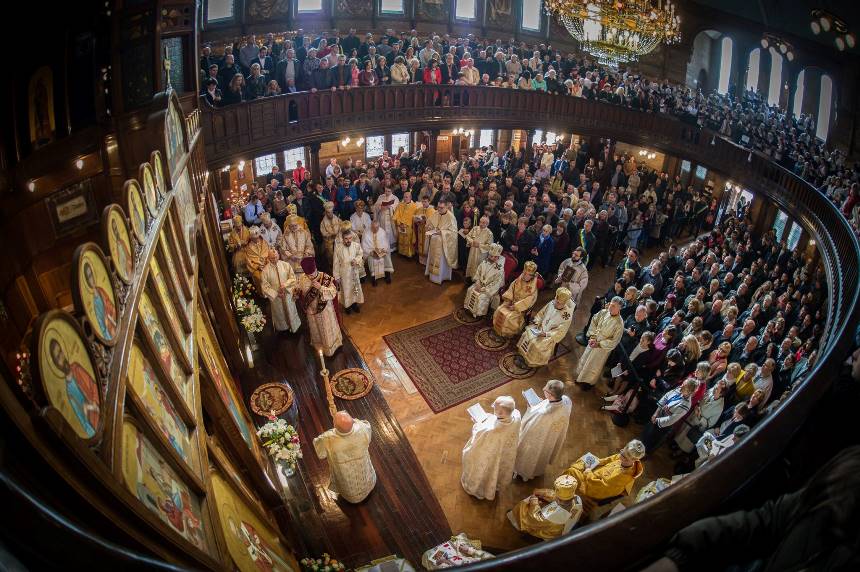
Finding the East out West
When I moved to the United States, it didn’t even occur to me that Eastern Rite parishes might be found here too, so upon arrival I just set about finding myself a home in the Roman Diocese. Unfortunately, I soon found myself split between more than one parish, such as playing the music for the youth Mass at one parish and running the young adult group at another.
Fortunately, LifeTeen Mass did not take place during the school vacations. Realizing that I was at liberty to visit other churches, it suddenly occurred to me that I might be able to visit another of those Eastern Rite parishes. To my great delight, I discovered one close by. You can read more about my visit here, but it is safe to say that I quickly fell in love with this parish. Not only was the parish of Holy Angels covered wall-to-wall with stunning iconography, I experienced the Byzantine Liturgy in English for the first time. I was almost giddy at how often the Early Church Fathers were mentioned. I loved that we sang virtually all the prayers, the chant being both beautiful and relatively easy to learn. For the longest time in my faith journey I had struggled with Marian devotion, but in the Byzantine Church I discovered a kind of love for Mary which came very naturally to me, helped, I would suggest, by the clear Christological focus in its Mariology. The parishioners noticed that I was a newcomer and came over to welcome me. On top of all this, the Pastor, Fr. Robert, was exceptionally kind to me and more than willing to answer my many, many questions.
At the end of the Summer, I returned to playing at the LifeTeen Mass, but over the coming months I took any opportunity to return, to attend Byzantine Vespers on Saturday night, as well as the occasional weekday service. I can’t quite remember how long I continued like this, but I think it was for about a year. Eventually, I became fatigued by being split across several parishes. I decided that I needed a single parish home. The choice was obvious. So, for the first time in my life, I officially registered at a parish, Holy Angels Byzantine Catholic Church.
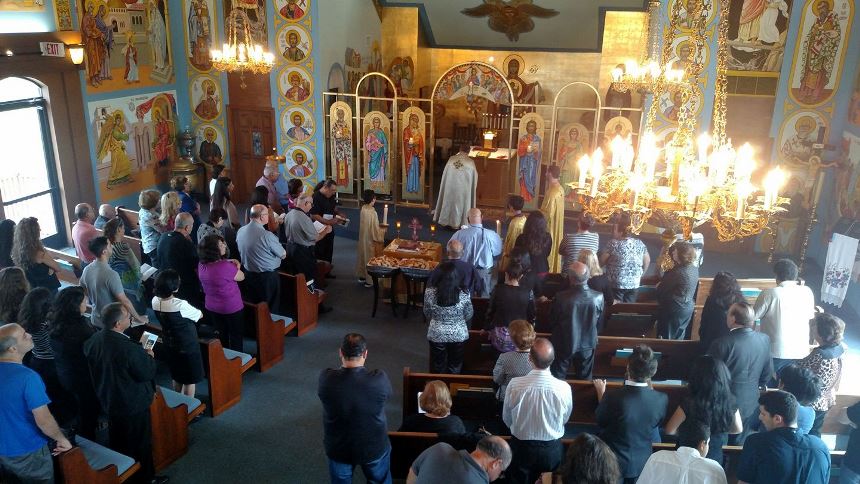

TO FATHER PETER MILWARD, sj: On the evil of Christian disunity; and on prayer and cooperation in works of charity as the means of reunion.
6 May 1963
Dear Padre,
You ask me in effect why I am not a Roman Catholic. If it comes to that, why am I not—and why are you not—a Presbyterian, a Quaker, a Mohammedan, a Hindu, or a Confucianist? After how prolonged and sympathetic study and on what grounds have we rejected these religions? I think those who press a man to desert the religion in which he has been bred and in which he believes he has found the means of Grace ought to produce positive reasons for the change—not demand from him reasons against all other religions. It would have to be all, wouldn’t it?
Our Lord prayed that we all might be one ‘as He and His Father are one’ [John 17:21]. But He and His Father are not one in virtue of both accepting a (third) monarchical sovereign.
That unity of rule, or even of credenda [things to be believed], does not necessarily produce unity of charity is apparent from the history of every Church, every religious order, and every parish.
Schism is a very great evil. But if reunion is ever to come, it will in my opinion come from increasing charity. And this, under pressure from the increasing strength and hostility of unbelief, is perhaps beginning: we no longer, thank God, speak of one another as we did over 100 years ago. A single act of even such limited co-operation as is now possible does more towards ultimate reunion than any amount of discussion.
The historical causes of the ‘Reformation’ that actually occurred were (1.) The cruelties and commercialism of the Papacy (2.) The lust and greed of Henry VIII. (3.) The exploitation of both by politicians. (4.) The fatal insouciance of the mere rabble on both sides. The spiritual drive behind the Reformation that ought to have occurred was a deep re-experience of the Pauline experience.
Memo: a great many of my closest friends are your co- religionists, some of them priests. If I am to embark on a disputation—which could not be a short one, I would much sooner do it with them than by correspondence.
We can do much more to heal the schism by our prayers than by a controversy. It is a daily subject of mine.
From The Collected Letters of C.S. Lewis, Volume III
Compiled in Yours, Jack
The Collected Letters of C. S. Lewis, Volume III: Narnia, Cambridge, and Joy 1950-1963. Copyright © 2007 by C. S. Lewis Pte. Ltd. All rights reserved. Used with permission of HarperCollins Publishers. Yours, Jack: Spiritual Direction from C. S. Lewis. Copyright © 2008 by C. S. Lewis Pte. Ltd. All rights reserved. Used with permission of HarperCollins Publishers.

The Church Fathers website I advertised several years ago recently received something of a facelift:
